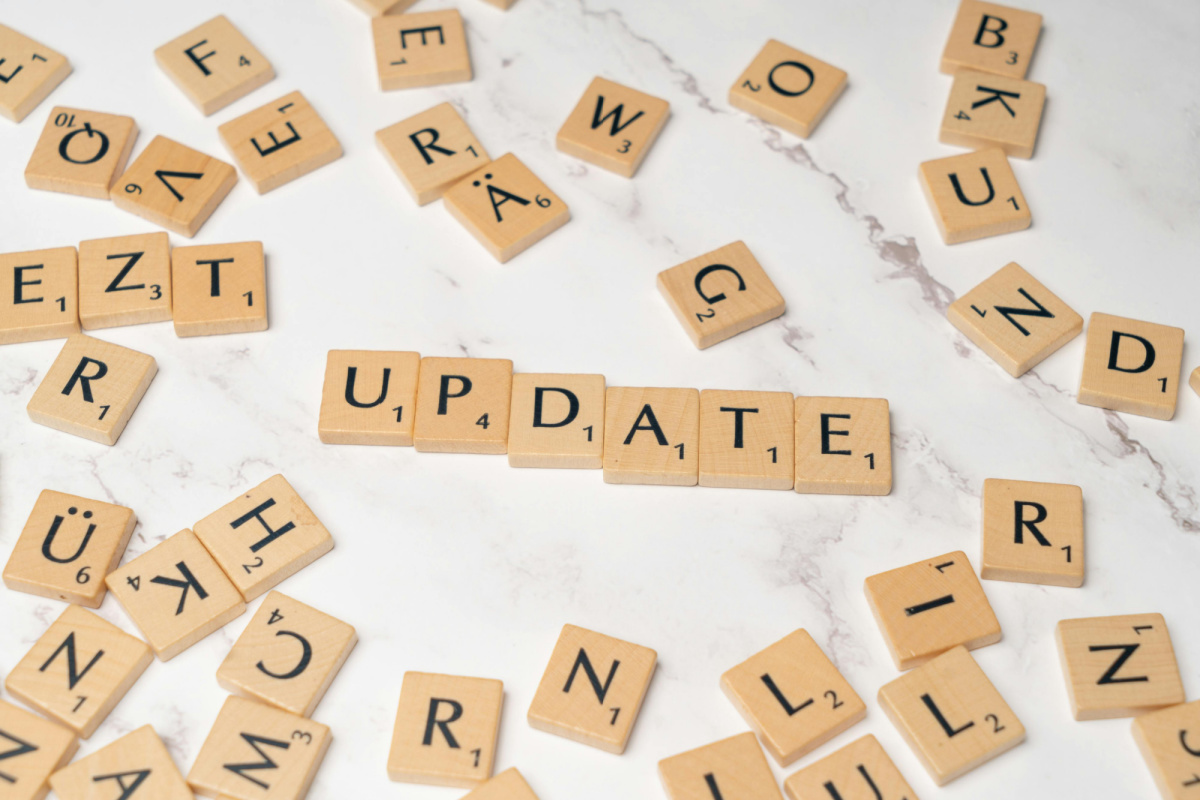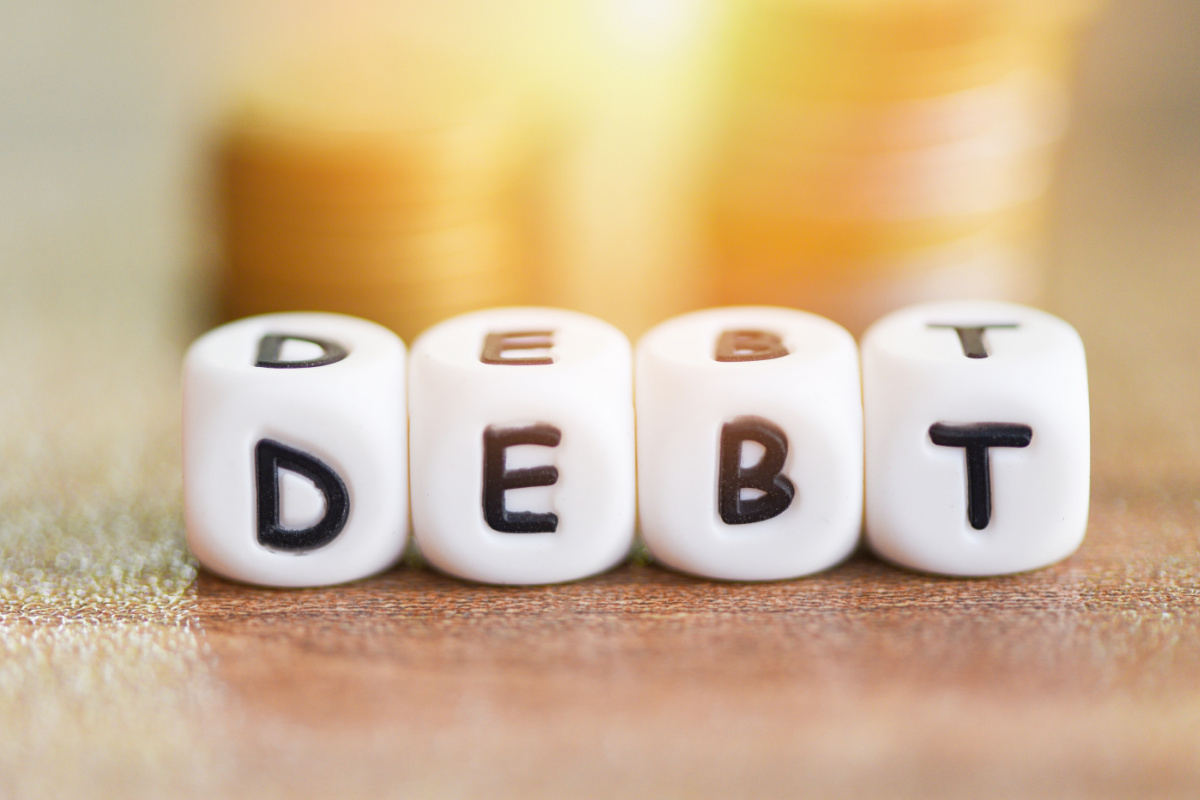Student Loans are Presumed to be Non-Dischargeable in Bankruptcy
According to EducationData.org, over 43 million student loan borrowers now owe more than $1.77 trillion in student loan debt. Unfortunately for debtors struggling with student loans, § 523(a)(8) of the U.S. Bankruptcy Code makes federal and private student loans, or loans made for an “educational benefit,” non-dischargeable in bankruptcy, unless doing so “would impose an undue hardship on the debtor and the debtor’s dependents.” The undue hardship standard in the Bankruptcy Code imposes an extremely high burden on a debtor who is seeking to discharge their student loan debt. Such a debtor would need to file a separate lawsuit in the bankruptcy court called an “adversary proceeding,” to obtain a judicial determination regarding the dischargeability of their student loans and whether they meet the undue hardship standard.
Bankruptcy Courts have generally been reluctant to grant discharges on student loans. Here in New York, bankruptcy courts use a test set forth in a court decision In re Brunner to determine whether or not a debtor would face an undue hardship. See In re Brunner 46 B.R. 752, 757 (S.D.N.Y. 1985). Under the Brunner standard, a debtor may discharge their student loan only if they pass a multi-factor test: (1) based upon their current income and expenses, a debtor cannot maintain a minimal standard of living for themselves and their dependents, if they were required to repay their student loans; (2) their current financial situation is unlikely to change for a significant part of the repayment period, and (3) the debtor made a good faith effort to repay their student loans. All the factors in the Brunner test must be met for a discharge of student loans to be granted. This test has been very difficult to satisfy for most bankruptcy debtors.
The New DOJ/DOE Guidance Attempts to Make it Easier to Discharge Student Loans for Some Borrowers
Considering the high bar to discharge student loans in bankruptcy, along with the typical significant legal fees requited for representation, which is typically more expensive than an underlying bankruptcy case, only a small percentage of debtors even attempt to discharge their student loans in their bankruptcy cases. On November 17, 2022, with the support of the Biden Administration, the Department of Justice (DOJ) and the Department of Education (DOE) have distributed a guidance to the legal community to clarify the process for discharging federal student loans in bankruptcy proceedings in an attempt to make it easier for at least some debtors to get their student loans discharged in bankruptcy. In the guidance, the agencies standardize the legal process that debtors must undergo to attempt to discharge their federal student loans in a bankruptcy proceeding. The guidance states that it applies only to “bankruptcy proceedings” that were pending on the guidance’s issue date of November 17, 2022, and to future bankruptcy proceedings. It does not allow debtors who have previously filed for bankruptcy to re-open their cases and discharge their student loan debt under the new guidance.
The new guidance seeks to streamline the process of discharging student loan debt and reduce the associated cost. The new guidelines require the DOJ to review a borrower’s past, present and future financial circumstances using DOE data and complete a new attestation form. The DOJ will use this information to provide a recommendation to courts regarding the borrower’s qualification to receive a discharge due to an “undue hardship.” Debtors whose expenses are reasonable and probably within the range of IRS living allowance standards and are at or below median income for their household size might have the best chance of getting student loans discharged or at least partially discharged. However, obtaining a student loan discharge or even a partial discharge cannot be guaranteed, and the adversary proceeding could still be costly. Ironically, the debtors who have the best shot of success can afford it the least.
With this new guidance in place, some student loan borrowers who file for bankruptcy may have an easier time discharging federal student loans. However, the process will still be challenging. Many debtors will still not qualify for relief from their federal student loans based on the budget requirements in the guidance, and the ones who do qualify, will still need to bring a potentially costly adversary proceeding.
More information regarding the DOJ/DOE guidance is available on the Department of Justice website: https://www.justice.gov/opa/pr/justice-department-and-department-education-announce-fairer-and-more-accessible-bankruptcy.
Other Options for Student Loan Debt Relief
Student loan payment requirements were paused in March 2020 as part of pandemic relief put in place by the Trump administration. That pause on payments was extended several times but officially ended as of September 1, 2023. Furthermore, on June 30, 2023, the Supreme Court ruled that the Biden administration did not have the authority to eliminate student loan debt under the Higher Education Relief Opportunities for Students Act of 2003 (HEROES Act). The Biden administration had been seeking to wipe out more than $400 billion in student loan debt for certain eligible borrowers. The ruling was a resounding setback for the Biden Administration. The decision divided the court 6 to 3 along partisan lines. Chief Justice John G. Roberts Jr. wrote the majority opinion, held that the 2003 HEORES Act, which allows the Secretary of Education to “waive or modify” relevant statutes and regulations in emergencies, did not authorize the administration to cancel student loan debt.
The secretary’s plan has ‘modified’ the cited provisions…only in the same sense that ‘the French Revolution “modified” the status of the French nobility’ — it has abolished them and supplanted them with a new regime entirely.” Biden v. Nebraska (U.S. Jun. 30, 2023)
On the heels of their loss in the Supreme Court, the Biden administration has launched an application for its new repayment plan – the Saving on a Valuable Education (SAVE) - for federal student loan borrowers. SAVE is an income-driven repayment (IDR) plan that may reduce many student loan borrowers’ monthly payments in half and will leave those who qualify with no monthly bill at all. Instead of paying 10% of their discretionary income a month toward their undergraduate student debt under the previous Revised Pay as You Earn Repayment Plan (REPAYE), student loan borrowers will eventually be required to pay only 5% of their discretionary income under the SAVE plan. According to the DOE, borrowers who make less than $15 an hour will not have to make any monthly student loan payments. Unfortunately, the change from 10% of discretionary income to 5% is not going to go into effect until next summer because of the timeline of regulatory changes.
The SAVE Plan has a number of other benefits. First, it has an interest benefit. If a borrower makes their full monthly payment, but it is not enough to cover the accrued monthly interest, then the rest of the interest that accrued that month will be paid by the U.S. government. This will prevent loan balances from increasing due to unpaid interest. Next, the SAVE Plan excludes spousal income for borrowers who are married and file their taxes separately. This change also removes the need for a spouse to cosign an IDR application, which results in a simpler application process. Finally, after making ten years of payments, borrowers with original principal balances of $12,000 or less will receive forgiveness of any remaining balance. The maximum repayment period before forgiveness increases by one year for every additional $1,000 borrowed with the maximum repayment period capped at 20 years for those with undergraduate loans and at 25 years for those with any graduate school loans.
Borrowers can apply for the SAVE IDR plan directly on the Department of Education website: https://studentaid.gov/idr/
Moreover, consumer bankruptcy advocates continue to hope that Congress will renew bipartisan efforts to pass a bill that addresses student loan debt by making it even easier to discharge in bankruptcy. Such a bill was previously introduced by Senators Dick Durbin (D-Ill.) and John Cornyn (R-Texas). The FRESH START Through Bankruptcy Act (S. 2598) would provide student loan debtors relief by allowing borrowers to discharge student loan debt in bankruptcy without showing undue hardship after a 10-year waiting period.
Contact The Law Offices of David I. Pankin, P.C.
If you are in need of a financial fresh start, contact the Law Offices of David I. Pankin, P.C. for a free consultation. We have over 25 years of experience helping debtors obtain debt relief through bankruptcy. We can be reached at (888) 529-9600 or by using our easy online contact form.






